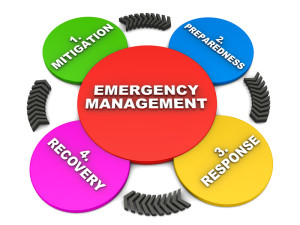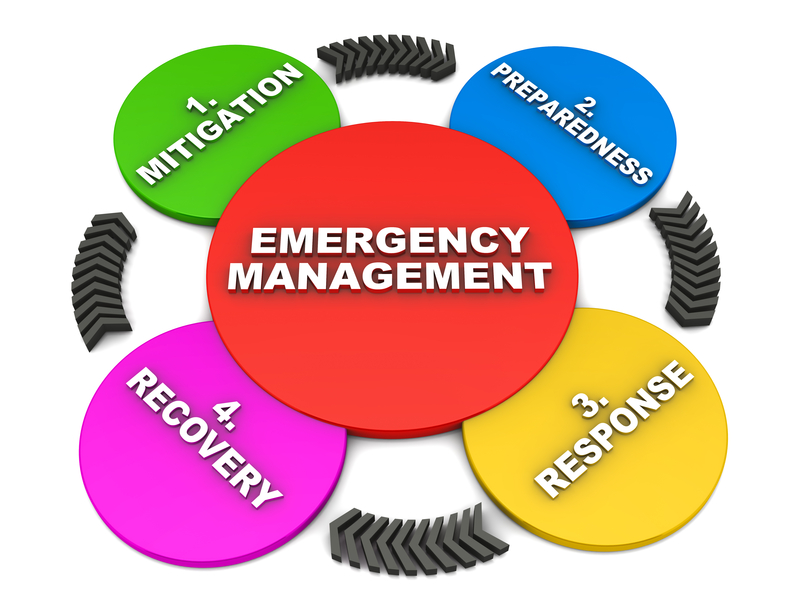At the time of this post, CNN reported that Malaysian Fight MH 17 had been yanked from the sky by pro-Russian  rebel missiles.
rebel missiles.
Two hundred and ninety three lives snuffed out like tired candles.
It is daunting to discuss disaster recovery and business continuity in light of these events.
To be the referee who is trying to contain damages. Yet, obligated to stay in the ring with the likes of Mike Tyson and Joe Fraser.
But cloud consciousness demands it.
I am just like you.
Disaster fragments my thoughts.
Sleeplessness scratches at the window of my mind. And the prospect of recovery often bewilders. While, hopelessness and fear snuggle up like love puppies under my bed covers. And nibble on my soul.
Yet, business continuity stares down like a drill sergeant. And demands a swift response.
One that is riddled with precision, confidence and preparedness.
When disaster strikes, maturity is on call.
More Reading: How to explain private, public and hybrid cloud to your spouse
Cloud consciousness: Disaster Recovery (DR) and Business Continuity.
So how prepared will your Cloud Service Provider be when disaster strikes? The answer is bound in the CSP’s business continuity and disaster recovery (DR) options.
This include service tiers for Recovery Time Objective (RTO) and their Recovery Point Objective (RPO).
Check your pulse against these factors:
Cloud consciousness and the Recovery Time Objective (RTO).
What RTOs are available?
- Are there service tiers available?
- What is the cost for each tier?
Cloud consciousness and the Recovery Point Objective (RPO).
2. What RPOs are available?
- Are there tiers available?
- What is the cost for each tier?
3. How is pricing determined for different RTO/RPO service tier?
4. Location:
- Where are DR/business continuity sites located?
5. Connectivity:
- How can your organization ensure that cloud services will maintain connectivity with its own business continuity site in the case of a fail-over?
6. Planning:
- What kind of DR/business continuity planning is required to ensure service continuity?
7. Can the CSP make local asynchronous disk copies of identified components?
8. Are DR/business continuity services provided by live human support? Or by automated queue response?
9. How does the CSP collaborate with telecommunications providers to restore service to the cloud?
10. Does the CSP have channel agreements or partnerships established?
Score your cloud consciousness.
- Do you pride yourself on your cloud consciousness?
- Do you have a pulse for disaster recovery and business continuity?
- What is the strength of your cloud pulse?
[More Reading: To cloud or not to cloud your IT Disaster Recovery]



